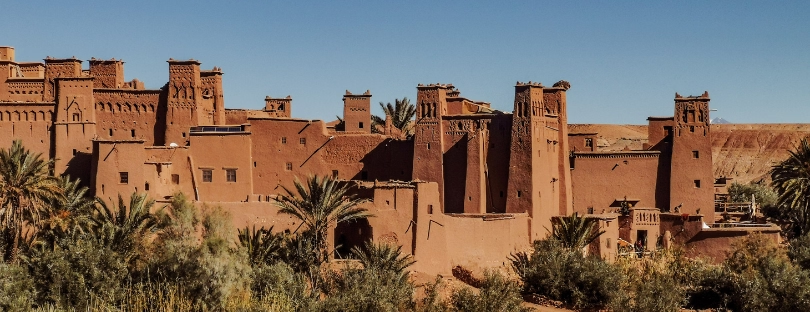
Cultural Tourism Market to Witness 37% of the Growth from Europe
Cultural tourism is the exploration of destinations with the specific aim of experiencing and learning about the culture, history, heritage, and lifestyle of a place. It attracts travelers looking to engage with local traditions, arts, cuisines, languages, festivals, and more, offering a window into the authentic lives of communities.
According to the United Nations World Tourism Organization, cultural tourism is
“movements of persons for essentially cultural motivations such as study tours, performing arts and cultural tours, travel to festivals and other cultural events, visits to sites and monuments, travel to study nature, folklore or art, and pilgrimages.”
The cultural tourism market is poised to grow by USD 3.77 billion during 2021-2025, progressing at a CAGR of almost 16.41% during the forecast period, Technavio reports.
Domestic cultural tourism was the largest revenue-generating type segment in 2020 and is likely to dominate the growth during the forecast period. In terms of geography, 37% of the market’s growth will originate from Europe with Italy and Germany being the key markets for cultural tourism in the region.
Contribution of the top 4 countries to the total market (%):
Germany – 10.50-11.25%
France – 5.20-5.56%
India – 4.21-4.79%
China – 3.10-3.50%
For destinations, cultural tourism offers a way to preserve and promote local traditions and cultural identity while boosting the economy and engaging with the global community.
Key Aspects of Cultural Tourism:
- Heritage Sites: Visiting ancient ruins, castles, museums, and historically significant locations.
- Local Art & Craft: Engaging with artisans, learning about traditional crafts, and purchasing handmade items.
- Culinary Exploration: Tasting and sometimes even cooking local cuisines.
- Language & Literature: Engaging with the local language, literature, or folklore.
- Festivals & Celebrations: Attending local celebrations like religious festivals, harvest festivals, or unique local events.
- Music & Dance: Experiencing local music performances or traditional dances.
Dominant Market Players
- ACE Cultural Tours
- Classic Journeys
- Envoy Tours
- Exodus Travels Ltd.
- Indigenous Tourism BC
- Kudu Travel Ltd.
- Martin Randall Travel Ltd.
- Nature Quest New Zealand Ltd.
- Odyssey World
- Responsible Travel
- Splitrock Environmental
What is the importance of cultural tourism?
PROS AND CONS OF CULTURAL TRAVEL
Cultural travel is almost a guaranteed way to enrich your experience as a tourist. But it’s worth noting that this type of travel has both benefits and downsides for host communities.
CuItural tourism helps to encourage the preservation of culture and heritage by keeping endangered traditions alive. There might be little demand for heritage handicraft skills, for example, but outside interest (and an opportunity to earn an income) could be enough to safeguard a tradition that might otherwise have been lost.
By the same token, cultural tourism can incentivize better protections for physical heritage sites, ensuring that monuments and the like remain accessible for future generations. Cultural tourism can have far-reaching social impacts and environmental benefits when it gives rise to new social enterprises, local businesses and women-led ventures to give tourists an immersive experience.
On the other hand, authenticity is always a question mark when it comes to cultural travel. If a ritual is performed for the benefit of outsiders, does it lose its meaning?
The commodification of culture for tourism is a serious issue that impacts many communities and can be damaging to social and economic development more broadly.
CuItural tourism often involves travelling to more remote areas, which introduces a whole host of other pros and cons. A road constructed for the benefit of tourists is also the new infrastructure for the community – but it might speed up globalization and cultural erosion, while the very presence of tourists can worsen environmental pollution or cause rifts between different social groups.









